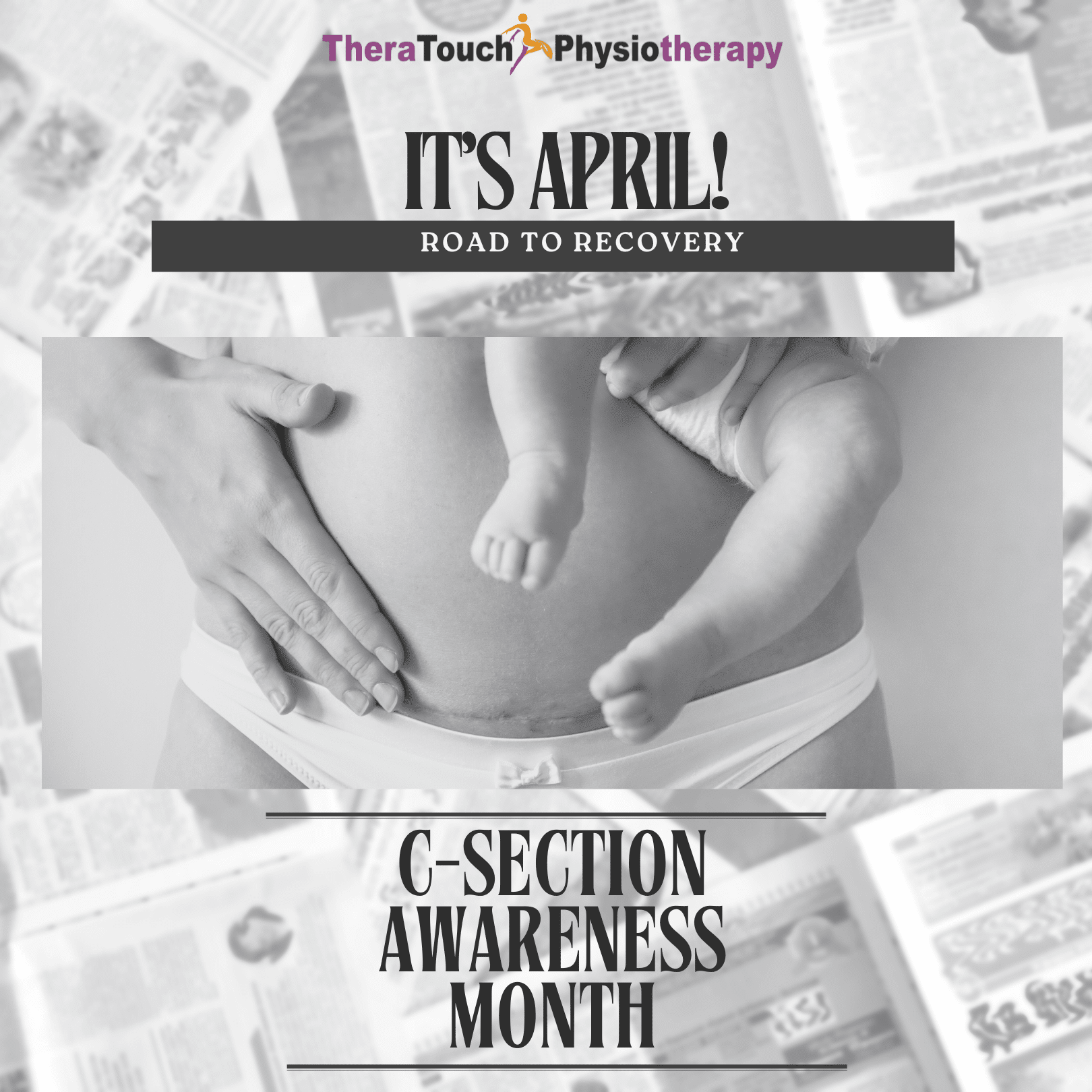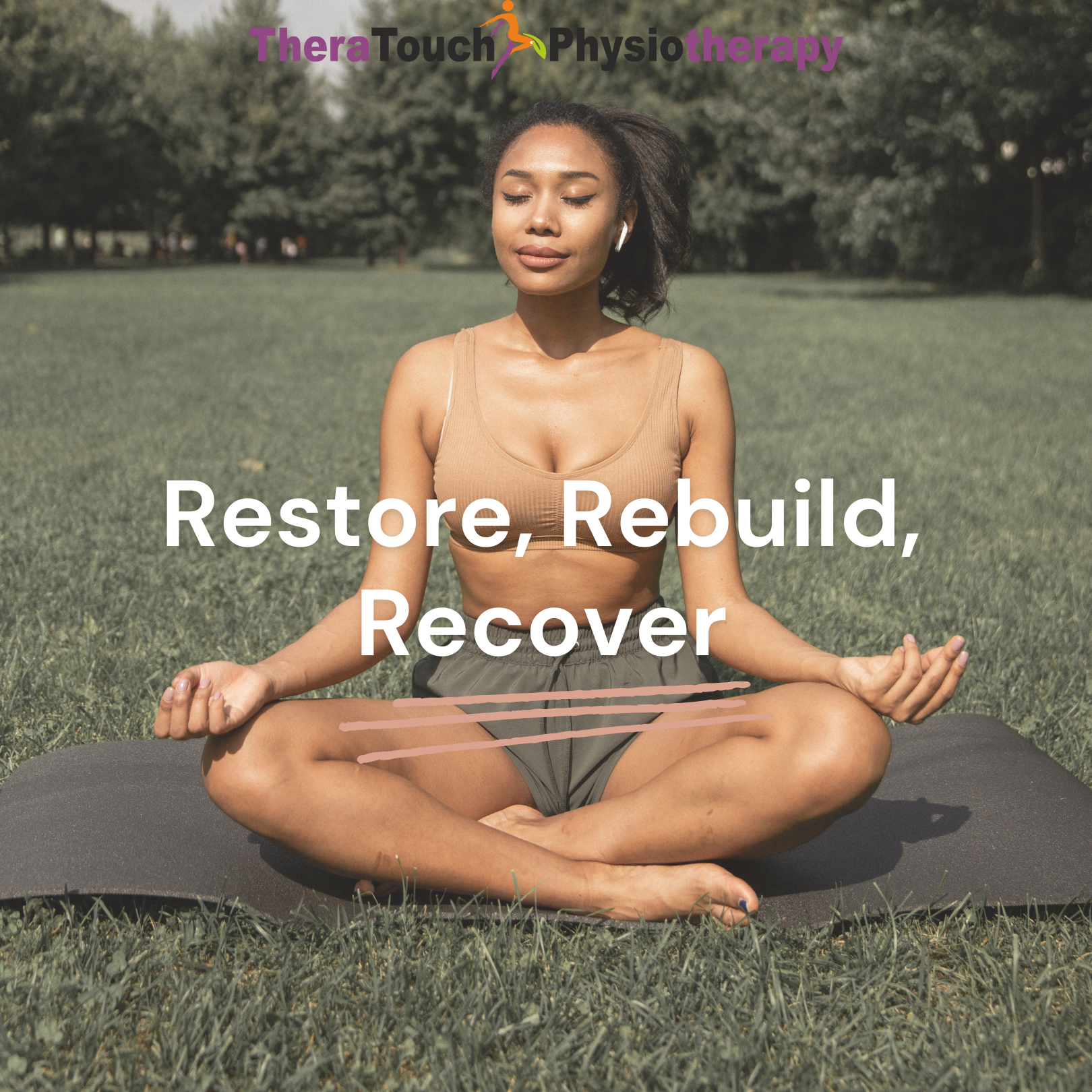Men’s Pelvic Health: Breaking the Silence on an Overlooked Struggle
When we think about health concerns, especially related to pelvic health, we often envision women facing challenges like childbirth recovery, incontinence, and pelvic pain. But what about men? Many are suffering in silence, yet few people address the struggles they face with their pelvic health. For far too long, the focus has been on female pelvic health, and men’s struggles have been left in the shadows. It’s time to break that silence and shine a light on an area of health that is just as critical, yet rarely acknowledged.
The Silent Struggle
Pelvic health issues in men often go unnoticed and unspoken. Conditions like erectile dysfunction, urinary incontinence, chronic pelvic pain, and pelvic floor dysfunction are far more common than most realize. Yet, many men suffer quietly, feeling too embarrassed or uncertain about where to turn for help. These issues affect not only their physical well-being but also their confidence, relationships, and overall quality of life. The lack of discussion and education around men’s pelvic health only deepens the stigma, creating a cycle of silence and isolation.
It’s heartbreaking to think about how many men live with pelvic pain, urinary problems, or sexual health concerns, yet feel they have nowhere to turn for support. These men often don’t seek help because they believe it’s just a “normal” part of aging or something they must endure. Society has conditioned us to disregard the importance of men’s pelvic health, often dismissing it as a “taboo” subject.
The Impact of Ignoring Men’s Pelvic Health
Overlooking the importance of pelvic health can lead to serious consequences. Chronic pelvic pain can contribute to depression, anxiety, and a significantly reduced quality of life. Erectile dysfunction, often linked to pelvic floor dysfunction, can damage a man’s self-esteem and strain intimate relationships. Urinary incontinence, which is commonly associated with women, can also be an issue for men, particularly those who have undergone prostate surgery. These issues go beyond the physical—they deeply affect mental health, relationships, and one’s ability to live life fully.
Pelvic health struggles can also hinder participation in daily activities and hobbies. Men may avoid physical activities like exercise or sports due to fear of discomfort or embarrassment. This can lead to a downward spiral of diminished physical health, further impacting overall well-being.
The Power of Awareness and Support
The first step in breaking the silence is awareness. Men need to know that they are not alone and that their concerns are valid. Seeking help for pelvic health issues is not a sign of weakness—it’s a sign of strength. Just as women are encouraged to speak up about their health, men should feel empowered to discuss their pelvic health without shame or fear of judgment.
Pelvic floor physiotherapy can be an essential part of addressing these issues. Like any other muscle group in the body, the pelvic floor muscles need attention and care. Pelvic floor physiotherapists can help men with exercises and strategies to alleviate pain, improve urinary control, and enhance sexual health. The benefits go beyond just physical improvement—they can help restore confidence and enable men to feel more in control of their bodies.
But for men to benefit from these treatments, we need to start talking more openly about these issues. There needs to be more education, more resources, and more professionals specializing in men’s pelvic health. Doctors, physiotherapists, and mental health professionals must be more proactive in discussing these concerns with male patients, instead of waiting for them to ask for help. We need to create a safe space where men can speak about their health without fear of judgment.
It’s Time to Speak Up
Men’s pelvic health matters, and it’s time to give it the attention it deserves. By breaking the silence and sharing our stories, we can help others realize that they are not alone in their struggles. No man should ever have to suffer in silence. Pelvic health is an essential part of overall well-being, and it’s time for all of us to embrace and care for it with the same compassion and support we offer to other areas of health.
If you’re a man dealing with pelvic health issues, know that help is available. You don’t have to face this alone. Reach out to a healthcare professional, consult a pelvic floor physiotherapist, and remember—your health is worth taking seriously.
Together, we can break the silence and give men’s pelvic health the voice and recognition it truly deserves.





